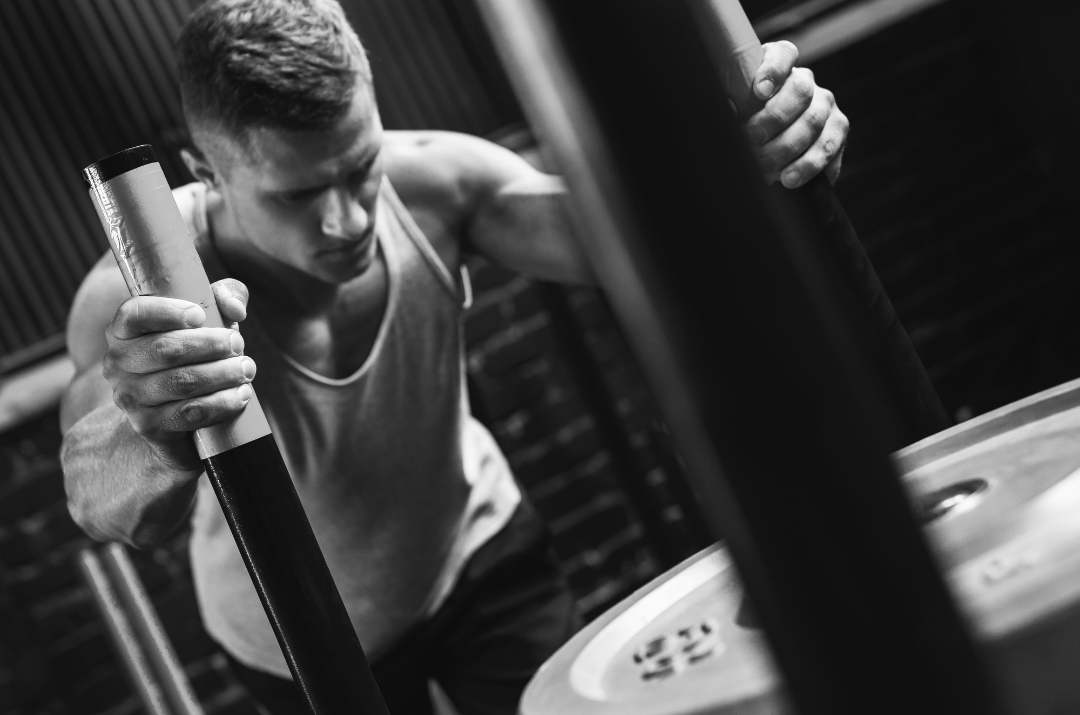Pain is a complex subject. There are many types of pain. Pain comes in different intensities, can be specific to a location or quite diffuse. Pain can be the result of an injury or can have no link to an injury at all. Pain changes behaviours and limits activities. Pain can sometimes make no sense at all. For a lot of injuries pain can complicate the rehabilitation process and leave us frustrated. Understanding pain is important when treating conditions.
What is pain?
Pain is defined as ‘an unpleasant sensory and emotional experience associated with actual and potential tissue damage’.
Normally we detect damage to the body through sensors, this message is transmitted through nerves as noxious stimuli to the brain. The brain then gives this noxious stimulus meaning through processing information from the sensory cortex, association cortex as well as memory centers and emotional centers. The result is pain. The location, type, intensity and our emotional take of the experience is all part of pain.
This may not be so straight forward in some cases. Here are a few examples to help explain pain when it doesn’t seem to make sense. Credit to British sports physiotherapist Adam Meakins for these great insights.
- Pain can be a lot like your car petrol light. Some see the petrol light as an urgent signal to act, others don’t and carry on. The signal is the same, the behaviour is different. Not everyone experiences pain as the same thing. While your pain might not limit you, it may be debilitating to others. Just like some need to fill their car up urgently, and some do not.
- Bruises are a great sign of tissue damage, they are clear and objective. Yet sometimes we have a bruise and have no idea how we got it. This is because we don’t always experience pain when we have tissue damage. We have all had a random bruise before, this may have occurred while we were busy with something else. The tissue damage occurred but the nervous system didn’t perceive it as a threat or important so we didn’t have a painful experience.
- Paper cuts on the other hand seem to be the opposite. Small in size yet large in pain experience. Tissue damage in this context is not directly correlated to pain experience. A small injury doesn’t always give you a small pain experience, and a large injury may not be tremendously painful. The important thing to remember is the experience is different for everyone.
- The frog in boiling water. So the old story goes, if you put a frog into boiling water it will jump straight back out. If you put a frog in water and slowly bring it to the boil it will stay in there until cooked. This is similar to structural changes we have in the body. A sudden structural change may give us a sudden painful experience. A slow and gradual change to our structures may not have any pain experienced. Structures in the body and how they change are experienced different for everyone.
- Sunburn and our pain experience. Most of us have had sunburn and had a painful experience. This is made worse when we jump into the shower. The skin tissue has been damaged by the sun, the resulting sunburn has left skin sensitised and then a normally harmless experience like having a shower now becomes a painful experience. For people with tissue sensitisation everyday activities can have a painful and negative experience, yet they are not necessarily causing more tissue damage. This is because the pain experience is different for everyone.
If you have pain and you would like to speak to someone about this come in and see one of our experienced Physiotherapists at one of four Bend + Mend Sydney CBD clinics.






I have been having issues with my achilles tendon in my left ankle since December this year but came to a head on 2 June after mature movers (I am 68 years old but active – gym, pilates, tai chi, bums legs tums, cardio sculpture). I am going to a physio for massage, ultrasound and now again acupuncture but …… I am having electric shocks up either side of my ankle, my ankle is so sentative in bed with the bed sheets, so sentative when i touch. Should I go to the doctors or can I have an appointment with you but in London? Do you have any advice for me?